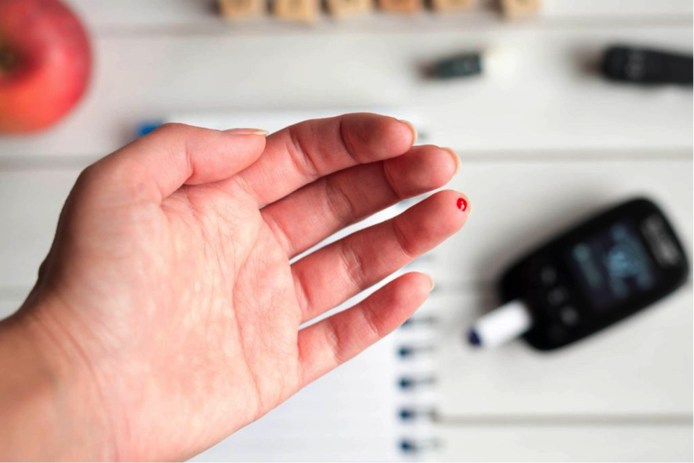What If I have Diabetes and Varicose Veins?
Varicose veins occur when venous valves are unable to direct a one-way flow back to the heart. When the valves become compromised, blood may remain stagnant or even leak back into the affected area. The result is very similar to traffic flowing in both ways down a one-way street. Blood pools in the veins below the valves and the walls weaken and stretch to accommodate the extra fluid.
Risk factors for varicose veins include genetics, age, gender, pregnancy, obesity, and sedentary lifestyles. Diabetes is not a direct risk factor; however, it can lead to further complications in people prone to their development.
Uncontrolled Diabetes Makes Varicose Veins Worse
Consider the consistency of sugary liquids. The sweeter they are, the stickier they are. High levels of glucose in the blood has the same effect as it travels through the circulatory system. Uncontrolled levels of blood glucose damage the veins and can delay blood passing through some smaller blood vessels in the legs and feet. The sugary consistency of the blood may cause plaques to form within arteries and veins already compromised by varicosities. This combination may lead to blood clots and more swelling, discomfort and additional problems with blood flow.
Injuries Are More Prone to Infection
Higher sugar content provides an excellent feeding ground for bacteria and other organisms. Bumping or scratching areas surrounding varicosities provide excellent entry points for microorganisms, where they will feast on the sugary content of the blood pooled in those areas and rapidly reproduce. In addition, the circulation may already be affected so that white blood cells do not quickly arrive to fight the infection. Nerve endings may become damaged in Diabetics, meaning they may not feel cuts, bumps, or scrapes when they occur, increasing the odds of exposure and infection. Diabetics with varicose veins need to inspect these areas regularly for injuries. Skin should be kept well moisturized, and protective clothing should be worn when performing activities, such as yard work or other work with a potential for injuries.
Is Treatment for Varicose Veins Different for Diabetics?
Preliminary management of varicose veins in diabetics is essentially similar, however, the primary emphasis is on maintaining healthy blood sugar levels through monitoring, diet, oral medication, and insulin as needed. Non-invasive treatment options for varicose veins revolve around maintaining a healthy lifestyle, such as exercise, limiting salt intake, elevating the legs while at rest, and avoiding injury. Therefore, recommendations for managing Diabetes are very similar to those for managing varicose veins.
Before performing any invasive procedures, A1C testing is indicated to monitor blood sugar ranges over time before the procedure. Diabetic patients with varicose veins wishing to have venous procedures should discuss their options with their primary care or internal medicine provider. Your primary doctor may contact the vascular surgeon to communicate that appropriate blood sugar levels are achieved and maintained. Proper evaluation will determine the best individual treatment options that will be performed to minimize risks and optimize results. Visits following the procedure may be more frequent to minimize complications.
If you have any questions or concerns about your varicose veins, contact The Vein Centre today!



